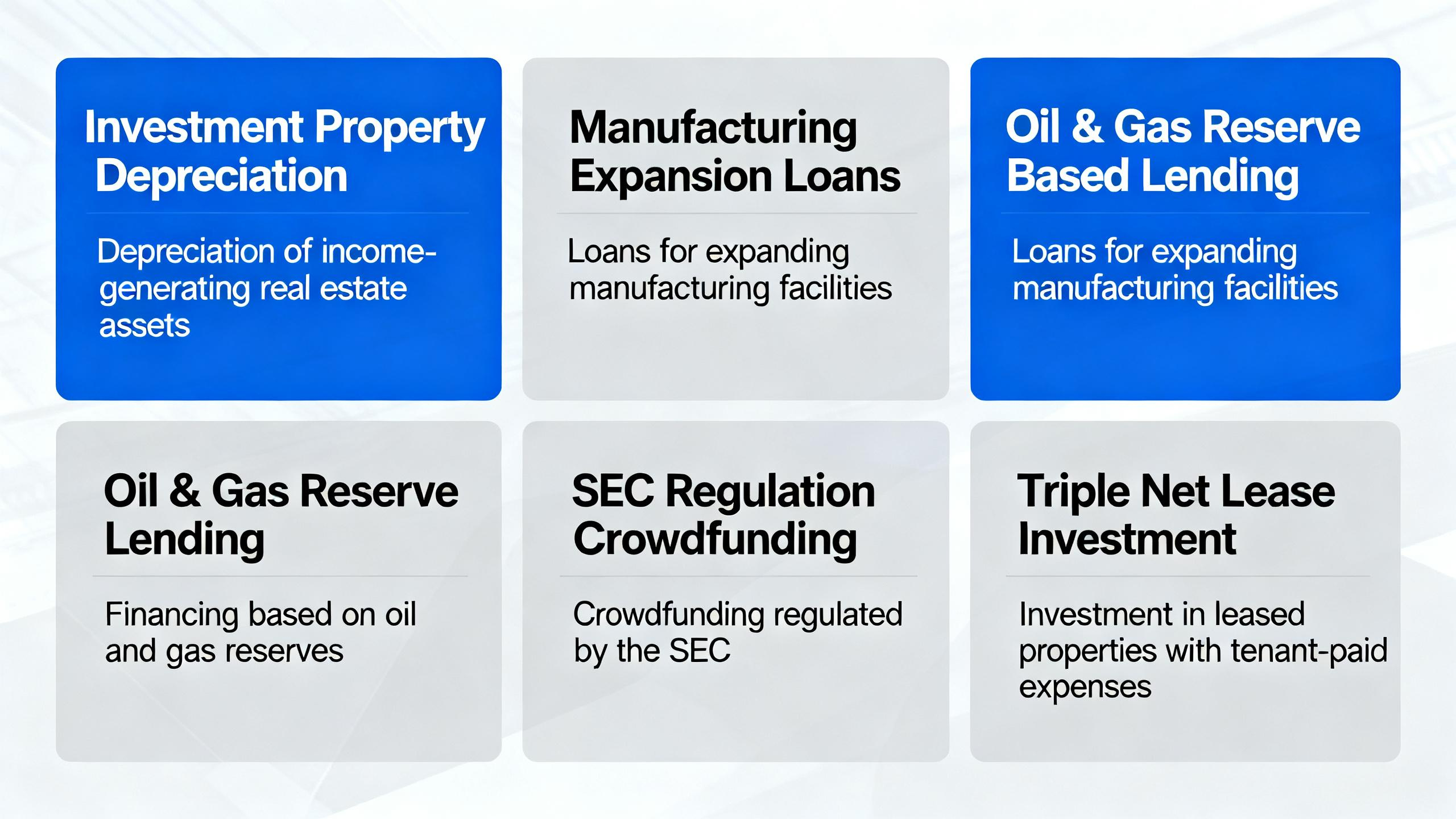Image Source: unsplash
Exit strategies in venture capital: paths to achieving investment returns are essential for investors to recoup their investments. These plans play a crucial role in generating profits. Factors such as timing and market analysis significantly influence the outcomes. Understanding options like IPOs or M&A can help investors maximize their earnings.
Key Takeaways
- Knowing exit plans like IPOs and M&A is important to earn more.
- Choosing the right time to exit can boost profits; be patient.
- Good leaders and better company performance can increase your investment’s worth.
Common Exit Strategies in Venture Capital
Initial Public Offerings (IPOs)
IPOs are a respected way for investors to exit. Companies sell shares to the public, letting investors cash out. This often brings big profits and more attention to the company. IPOs show that a company is strong and leading its field. They usually give high value and easy access to money, making them popular. But, IPOs need careful planning, like following rules and being ready for the market.
Mergers and Acquisitions (M&A)
M&A is the most used exit plan in venture capital. Big companies buy startups to get new ideas or grow their business. M&A happens much more often than IPOs each year. For example, in 2021, there were 15 M&A deals for every 50 IPOs in tech. This method is faster and safer for investors, especially when markets are unstable.
Secondary Sales
Secondary sales let investors sell shares without waiting for an IPO or M&A. They sell to other investors or firms, freeing up their money. This option has grown, especially for companies close to going public. It allows investors to exit while keeping the company private, making it a smart choice today.
Management Buyouts (MBOs)
MBOs happen when a company’s managers buy it from investors. This lets investors leave while keeping the same leadership. MBOs work well for companies with strong teams and steady income. They ensure smooth changes and fewer problems for the business. For investors, MBOs are a safe option when other exits aren’t possible.
Special Purpose Acquisition Companies (SPACs)
SPACs are a newer way for companies to go public. These companies raise money to buy or merge with private businesses. SPACs are quicker and simpler than regular IPOs. They are now a top choice for fast-growing startups in good market conditions.
Liquidation Events
Liquidation happens when a company closes and sells its assets. This pays back creditors and gives some money to investors. It’s not as good as other exits but still helps recover funds. In 2023-2024, M&A deals dropped, making liquidation more common. It’s a last resort for struggling companies to return some investment.
Identifying and Evaluating Exit Opportunities
Market Demand and Buyer Interest
Knowing what buyers want is key to finding good exits. Venture capitalists work with managers to check interest in buying or going public. Researching the market helps understand what buyers or investors want. For example, looking at past deals and asking experts can show buyer trends. Being flexible helps investors adjust to market changes. This way, they can take advantage of the best chances.
Industry Trends and Competitive Landscape
Trends and competition affect how and when to exit. Venture capitalists study how the market impacts their plans. For instance, in early 2024, there were 223 U.S. exits worth $18.4 billion. But in 2023, exit values dropped by about 50%, showing tough times. Watching tools like the Pitchbook VC-Backed IPO Index, which fell 38% from late 2021 to April 2024, helps investors see market trends. A better M&A market in late 2024 could help guide smart choices.
| Metric | Value |
|---|---|
| US VC exits in Q1 2024 | 223 exits |
| Total exit value in Q1 2024 | $18.4 billion |
| Decline in exit values (2023) | |
| Expected recovery in M&A market | Second half of 2024 |
Company Performance and Growth Metrics
A company’s success shows if it’s ready to exit. Growth in revenue and users are signs of strong performance. Venture capitalists check financial reports and track progress over time. They work with founders to set clear goals using KPIs. High user growth and loyalty make the company more attractive to buyers or public investors.
-
Key Metrics to Evaluate:
- Revenue Growth: Shows the company can grow its business.
- Market Traction: Proves success in gaining and keeping users.
Using these ideas with a smart plan helps venture capitalists meet their goals and earn more from their investments.
Timing the Exit for Maximum Returns

Image Source: pexels
Spotting Good Market Conditions
Knowing when the market is right is very important. Venture capitalists check many things to find the best time to exit:
- Market trends and how investors feel affect exit chances. A strong market often means higher prices.
- Stable economies and clear rules make exits more appealing.
- High interest in certain industries or surprise offers show strong value.
For example, companies that lead their markets or have special strengths get more attention from buyers or public investors. Also, U.S. markets offer many ways to exit, even when times are tough.
Avoiding Bad Exit Times
Leaving at the wrong time can hurt profits. Unstable markets often lower prices, making IPOs or sales harder. New competitors can weaken a startup’s strengths, reducing buyer interest. Global money problems or new rules can also scare off buyers. Venture capitalists watch these risks and wait for better times if needed.
Balancing Waiting and Acting
Exiting needs a mix of patience and quick action. Waiting for the best time can bring more money, but waiting too long can lose chances. Companies with growing sales, profits, or big market shares are often ready to exit. Venture capitalists stay alert and use market knowledge to act fast when good chances come. For example, the M&A market might improve in late 2024, offering new ways to exit if IPOs are weak.
By matching exit timing with market and company success, venture capitalists can improve their plans. This helps "Exit Strategies in Venture Capital: Paths to Achieving Investment Returns" stay useful and flexible as things change.
Getting Ready for a Successful Exit
Building Strong Leadership
Good leaders are key to successful exits. Venture capitalists often improve leadership to match company growth. Studies show 65% of exits hit financial goals with strong leaders. Success comes from leaders who build helpful networks and share values with others. For example, Instagram’s sale to Facebook in 2012 showed how clear goals and active users, led by strong leaders, made a difference. By growing leadership skills, companies gain trust and attract buyers.
Improving How the Company Runs
Running a company well helps it sell for more money. Tools like the Burn Multiple and Rule of 40 measure how well a company uses its money. For example:
| Metric | What It Measures |
|---|---|
| Burn Multiple | Compares money spent to new yearly revenue. |
| Rule of 40 | Combines growth speed and profit to check overall success. |
Efficient companies save money and show they can grow and last. Hiring smartly, focusing on growth, and keeping products popular help companies get better prices when selling.
Checking Finances and Legal Details
Careful checks of money and legal records make exits smoother. These checks ensure records are correct and show the company is healthy. Important steps include fixing problems, making future plans, and checking rules. For example:
| Check Type | What It Does |
|---|---|
| Financial Check | Makes sure money records are correct and show company health. |
| Legal Check | Confirms contracts, ownership rights, and worker policies are in order. |
| Rules Check | Ensures the company follows industry rules and standards. |
These steps lower risks and make buyers feel more confident.
Telling a Strong Exit Story
A good story about the company can help it sell better. Instagram’s $1 billion sale to Facebook showed how sharing clear goals and user success can attract big offers. LinkedIn’s sale to Microsoft in 2016 also showed how a strong brand story matters. By showing growth, strengths, and market position, companies can create stories that interest buyers and lead to better deals.
Managing Post-Exit Transitions
Meeting Stakeholder Needs
After an exit, it’s important to meet stakeholder needs. Investors, workers, and others may have different goals. Venture capitalists must explain changes clearly to avoid confusion. For example, when Microsoft bought LinkedIn in 2016, LinkedIn stayed independent.
Microsoft’s 2016 purchase of LinkedIn shows good transition planning. LinkedIn kept its own culture and identity, making the change smooth.
A good plan should cover all parts of the company, like staff, tools, and culture. This helps avoid problems and builds trust with everyone involved.
Using and Growing Returns
After an exit, investors must use returns wisely. Spreading money across different industries or companies lowers risks. Putting money into fast-growing startups can bring big rewards. Supporting current companies with funds can also help them grow and prepare for future exits.
Learning from Past Exits
Looking back at past exits teaches useful lessons for the future. Facebook’s 2012 purchase of Instagram shows why having a clear vision and active users matters.
-
Lessons from Instagram’s sale include:
- Building strong connections between users is valuable.
- Clear ways to make money are important.
- Using social and mobile platforms boosts success.
Studying past exits helps investors improve their plans, adjust to changes, and get better results next time.
Planning exits well is key to venture capital success. Selling companies or going public are common ways to exit. Clear plans help investors earn more and avoid long waits.
Being flexible and making smart choices is very important. Handling problems like deal changes keeps everyone working together. Focusing on future goals helps companies grow and succeed.
Good exit plans bring money and make a lasting difference in investing.
FAQ
What is the most common exit strategy in venture capital?
Mergers and Acquisitions (M&A) are the most used exit plans. They are quicker and safer than IPOs or other choices.
How do venture capitalists decide the right time to exit?
They study the market, company growth, and industry changes. Stable economies and strong buyer interest show good times to exit.
Why are financial and legal audits crucial before an exit?
Audits check records and ensure rules are followed. They lower risks, make buyers trust more, and simplify the exit process.












